Zotac Gaming GeForce RTX 3090 Trinity OC 24GB GDDR6X Graphics Card
Get Amplified With The ZOTAC GAMING GeForce RTX 30 Series Based On The NVIDIA Ampere Architecture. Zotac Gaming RTX 3090 Trinity OC 24GB Graphics Card Built With Enhanced RT Cores And Tensor Cores, New Streaming Multiprocessors, And Superfast GDDR6X Memory, The ZOTAC GAMING GeForce RTX 3090 Trinity OC Gives Rise To The Amplified Gaming Experience With Ultra Graphics Fidelity.
Zotac Gaming RTX 3090 Trinity OC Based On The Ampere Architecture And Designed To Handle The Graphical Demands Of 8K Gaming And High Frame Rates, The ZOTAC GeForce RTX 3090 GAMING Trinity OC Gaming Graphics Card Brings The Facility Of Real-Time Ray Tracing And AI To Your PC Games. The Zotac Gaming RTX 3090 Trinity OC Features 24GB Of GDDR6X VRAM And A 384-Bit Memory Interface, Offering Improved Performance And Power Efficiency Over The Previous Turing-Based Generation.The Zotac Gaming RTX 3090 Trinity OC Front Panel Of The Cardboard Features A Spread Of Outputs, Like DisplayPort 1.4a And HDMI 2.1. HDMI 2.1 Supports Up To 48 Gb/S Bandwidth And A Variety Of Upper Resolutions And Refresh Rates, Including 8K 60fps, 4K 120fps, And Even Up To 10K. The RTX 3090 Isn’t Almost High-Resolution Gaming. Computationally Intensive Programs Can Utilize The GPU’s 10496 Cores To Accelerate Tasks Using CUDA And Other APIs. For Cooling, ZOTAC Implemented A Triple Fan Cooler.Zotac Gaming RTX 3090 Trinity OC Also Supports RGB Lighting.
NVIDIA Ampere Architecture
NVIDIA Ampere Is That The 2nd Generation RTX Architecture. Zotac Gaming RTX 3090 Trinity OC Features Up To Twice The FP32 Throughput, 2nd Gen RT Core Throughput, And 3rd Gen Tensor Core Throughput Of The Previous Generation. Gaming RTX 3090 Trinity OC Also Features A Samsung 8N Custom Process And Utilizes GDDR6X VRAM.
Real-Time Ray Tracing
The Zotac Gaming RTX 3090 Trinity OC NVIDIA GeForce RTX Platform Enables Real-Time Ray Tracing Of Objects And Environments With Physically Accurate Shadows, Reflections, Refractions, And Global Illumination.
DLSS
NVIDIA DLSS (Deep Learning Super Sampling) Is AI Rendering That Reinforces Frame Rates While Still Providing Optimal Image Quality Using The Dedicated AI Processing Tensor Cores On The GeForce RTX Platform. Zotac Gaming RTX 3090 Trinity OC Provides You The Performance You Would Like To Maximise Ray-Tracing Settings And Resolutions For An Immersive Visual Experience.
HDMI 2.1
Zotac Gaming RTX 3090 Trinity OC HDMI 2.1 Interface Provides Increased Bandwidth, Allowing One Cable To Output To 8K HDR TVs For Ultra-High-Resolution Gaming.
Zotac Gaming GeForce RTX 3090 Trinity OC 24GB GDDR6X Review
ZOTAC today launched its Zotac Gaming GeForce RTX 3090 Trinity Ampere graphics card. The card combines NVIDIA’s top-dog RTX 3090 GPU with 24 GB of GDDR6X memory, the latest IceStorm 2.0 cooling solution, and Spectra 2 ARGB illumination. ZOTAC also offers an industry-leading 5-year warranty subject to product registration. Unlike NVIDIA’s RTX 3090 Founders Edition with its Dual-Axial Flow-Through cooler, ZOTAC takes a more conventional approach with its IceStorm 2.0 thermal solution. All three fans are where you’d expect them. The cooler is longer than the PCB, so some of the airflow from the third fan flows through, out the backplate.
What’s also unconventional about the GeForce Ampere series is NVIDIA’s use of a common silicon between the RTX 3080 and RTX 3090—the 8 nm GA102 graphics processor. With the previous generation, the RTX 2080 and its refresh, the RTX 2080 Super, were based on the smaller TU104 silicon, while the RTX 2080 Ti and TITAN RTX were built using the larger TU102 die. Between the RTX 3080 and RTX 3090, NVIDIA left itself plenty of headroom for future product segmentation.
With the RTX 3080 already capable of 4K UHD gaming with raytracing,which is about 50% higher than the launch price of the RTX 2080 Ti, but exactly 50% lower than the TITAN RTX. Besides enabling all but two streaming multiprocessors on the GA102 silicon, the RTX 3090 enjoys the full 384-bit wide memory interface of the die—no 352-bit business this time around. NVIDIA took things a notch further by arming the RTX 3090 with a staggering 24 GB of GDDR6X memory clocked at 19.5 Gbps—an astounding 940 GB/s memory bandwidth.
Zotac Gaming GeForce RTX 3090 comparisons to the TITAN RTX begin to explain the main application of the RTX 3090 to consumers as it offers the highest possible performance from the Ampere generation, with 4K UHD gameplay at higher refresh rates than the RTX 3080 can handle, 8K gameplay leveraging DLSS 8K, and “TITAN-class creator performance,” which probably underscores NVIDIA’s decision to give it 24 GB of memory.
NVIDIA carved the RTX 3090 out of the same GA102 silicon the RTX 3080 is based on by disabling just 1 of the 42 TPCs present on the silicon. With 41 TPCs (82 SM), the RTX 3090 enjoys a jaw-dropping 10,496 CUDA cores, 328 Tensor cores, 82 RT cores, 328 TMUs, and 112 ROPs. The GPU Boost frequency goes up to 1695 MHz. NVIDIA leveraged the new 8 nanometer 8FFN silicon fabrication node by Samsung to build the GA102. Ampere represents the 2nd generation of NVIDIA’s path-breaking RTX architecture that introduces real-time raytracing to the consumer segment by combining conventional raster 3D graphics with real-time raytraced elements, such as lighting, shadows, reflections, ambient-occlusion, and global illumination. The 2nd generation also introduces raytraced motion-blur and even has fixed-function hardware just to pull this otherwise difficult effect off. Find more details about the architecture in our NVIDIA Ampere Architecture article.
Unlike the TITAN RTX, which only comes in the reference-design Founders Edition version, the RTX 3090 can be built by partners, who have the freedom to implement their latest premium board designs with the chip. As we mentioned earlier, the Zotac RTX 3090 Trinity in this review comes with the company’s IceStorm 2 cooler that features a long series of aluminium fin-stack heatsinks held together by copper heat pipes, ventilated by three fans that each spin at a speed independent of the others. The card sticks to the reference 1695 MHz GPU Boost frequency, and its memory ticks at 19.5 Gbps (GDDR6X-effective). In this review, we take the card for a spin across our exhaustive list of game tests and compare it to our vast selection of high-end graphics cards to tell you if you should start saving for one.
Specification
| Video Memory Specifications | ||
| Type | GDDR6X | |
| Size | 24GB | |
| Resolution | 7680×4320@60Hz | |
| Core Clock | Boost: 1710 MHz | |
| Memory Clock | 19.5 Gbps | |
| BUS Type | 384-bit | |
| Memory Interface | 4.0 16x | |
| CUDA Cores | 10496 | |
| Interface | ||
| Display Port | 3 x DisplayPort 1.4a (up to 7680×4320@60Hz) | |
| HDMI | HDMI 2.1* (up to 7680×4320@60Hz) *Ultra High-Speed HDMI Cable is required to support 8K/60FPS or 4K/120FPS |
|
| HDCP | 2.3 | |
| Power Specifications | ||
| Connectors | 2 x 8-pin | |
| Recommended PSU | 750W | |
| Consumption | 350W | |
| Display Option | ||
| Multi Display | Quad Display | |
| Application Programming Interfaces | ||
| DirectX | 12 Ultimate | |
| OpenGL | 4.6 | |
| Physical Specifications | ||
| Dimensions | 317.8mm x 120.7mm x 58mm / 12.5″ x 4.75″ x 2.28″ | |
| Warranty | ||
| Manufacturing Warranty | 02 years warranty (3 Years Warranty available if registered online within 28 days of Purchase) Total warranty:- 2+ 3 ( after reg.) = Total 5 years | |
Be the first to review “Zotac Gaming GeForce RTX 3090 Trinity OC 24GB GDDR6X Graphics Card” Cancel reply
Related products
Components
Components
Components
Components
Components
Components



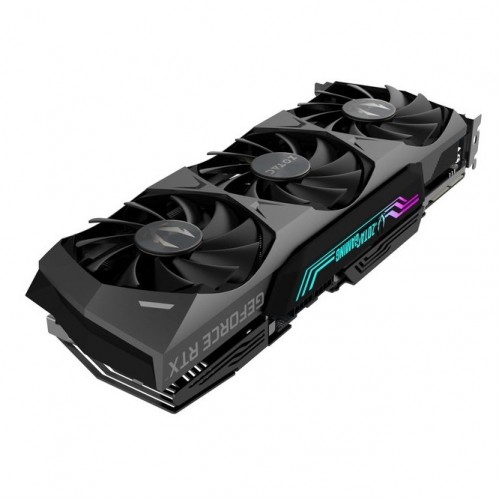
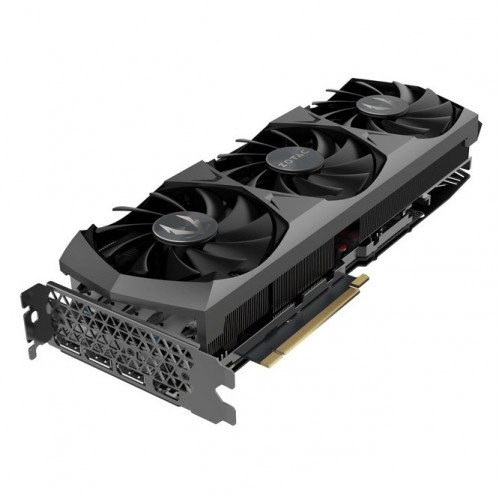
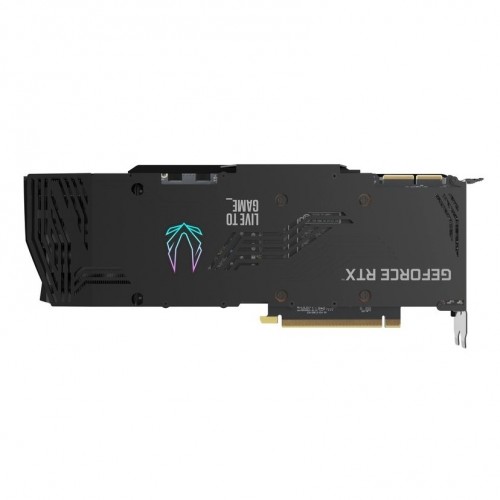
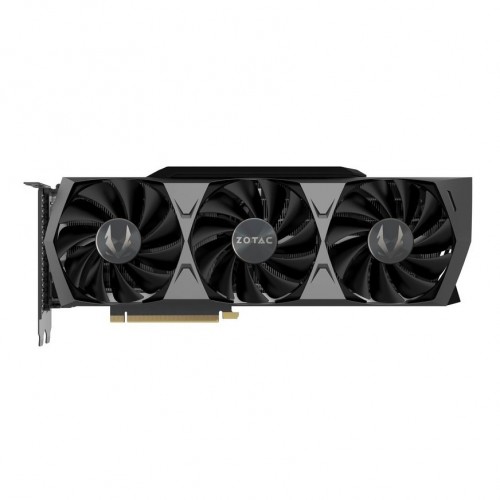

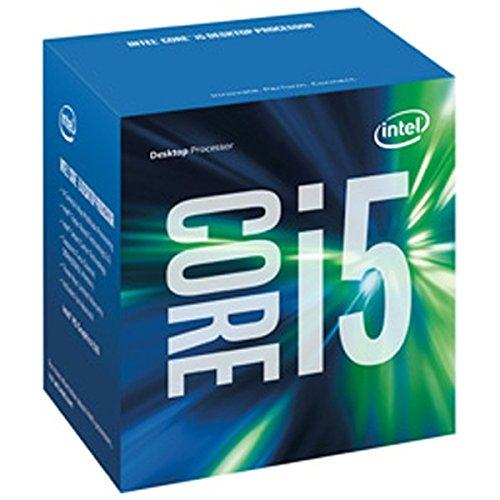
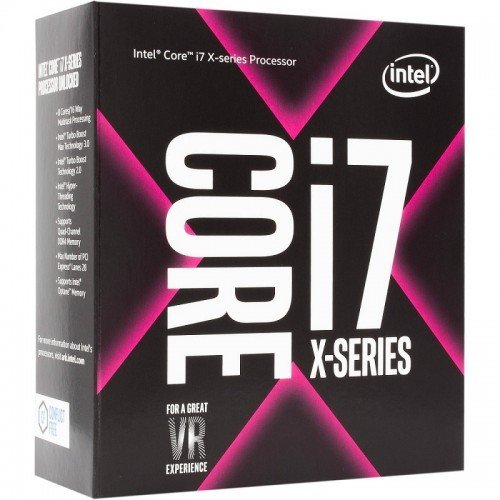

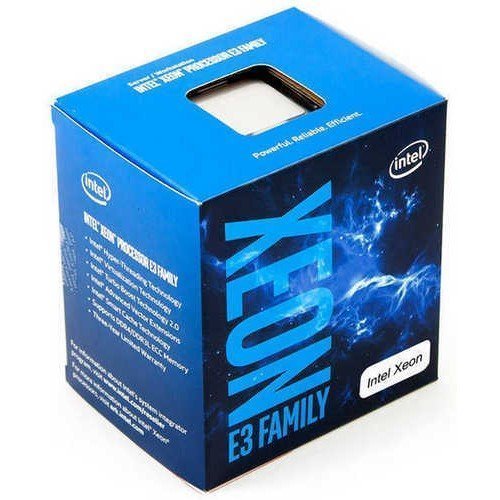
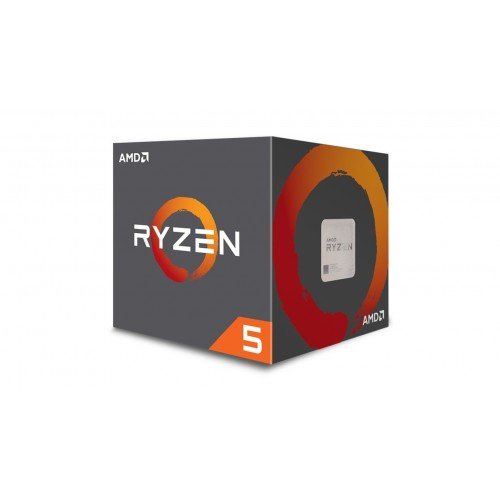
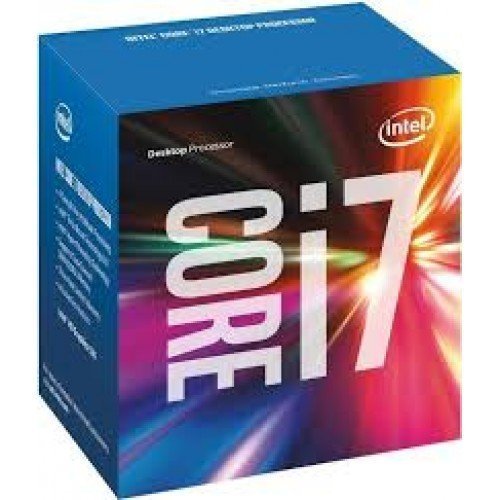
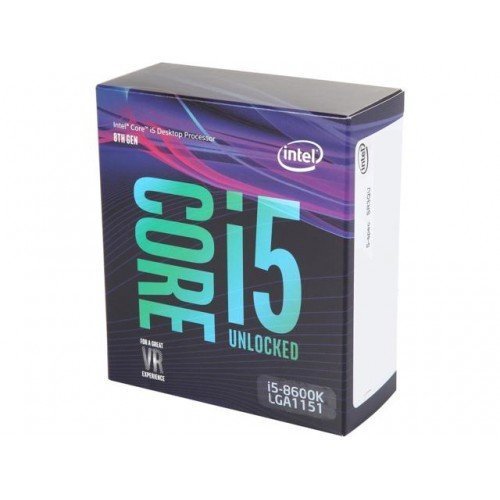
Reviews
There are no reviews yet.